Idea by
Luca Girardini, Giulia Scotto
http://www.lucagirardini-photography.com
Call for ideas 2017
European Identity
European Identity
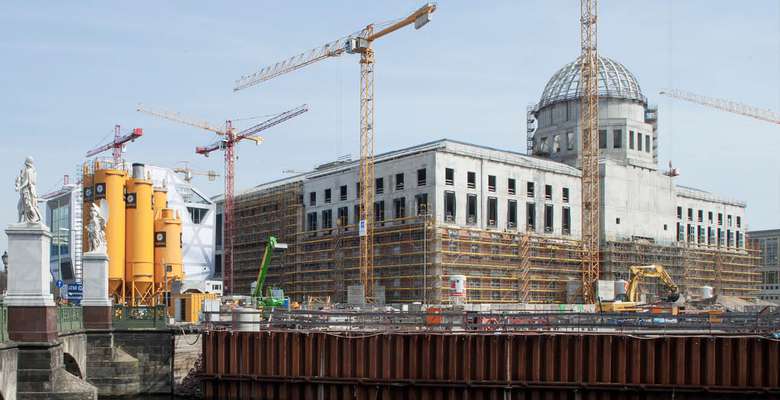
The word "City"used to be univocal. Now it is not as stable and univocal as it was.
What we used to call city is at the same time expanding and disappearing, exploding and imploding.
While the historical centers are loosing their role and significance, the whole world has been anthropized.
The European territory is now showing the consequence of a global economical crisis, deindustrialization, xenofobia and unemployment.
We are irrationally building walls, useless neighborhoods and empty airports.
Which is the new identity of a continent uncertainly divided between nationalism and globalization, between the presence of a heavy past and the desire of a new future?
Which is the role of our cities now? How do they look like and why?
We want to read the phsical sign of change in European cities and territories.
Believing that they will tell us something about us that we don't know yet.
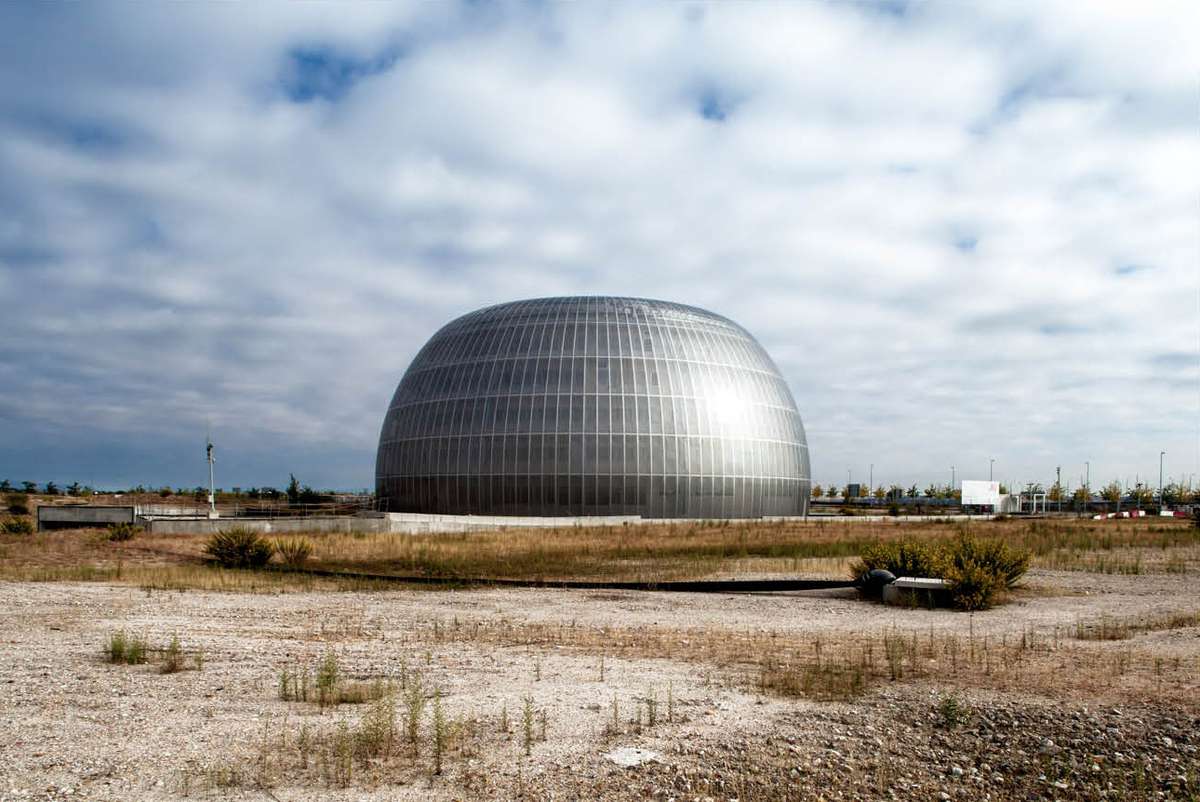
NEW AND UNUSED
Why do we overbuild?
This is the question that pushed us to investigate the “Crisis-scapes” of Spain after 2011 and a series of new but unused buildings around Europe.
What are they? Where do they come from? Why are they unused?
Are they the result of construction mistakes, of economical speculation or simply of an excess of euforia?
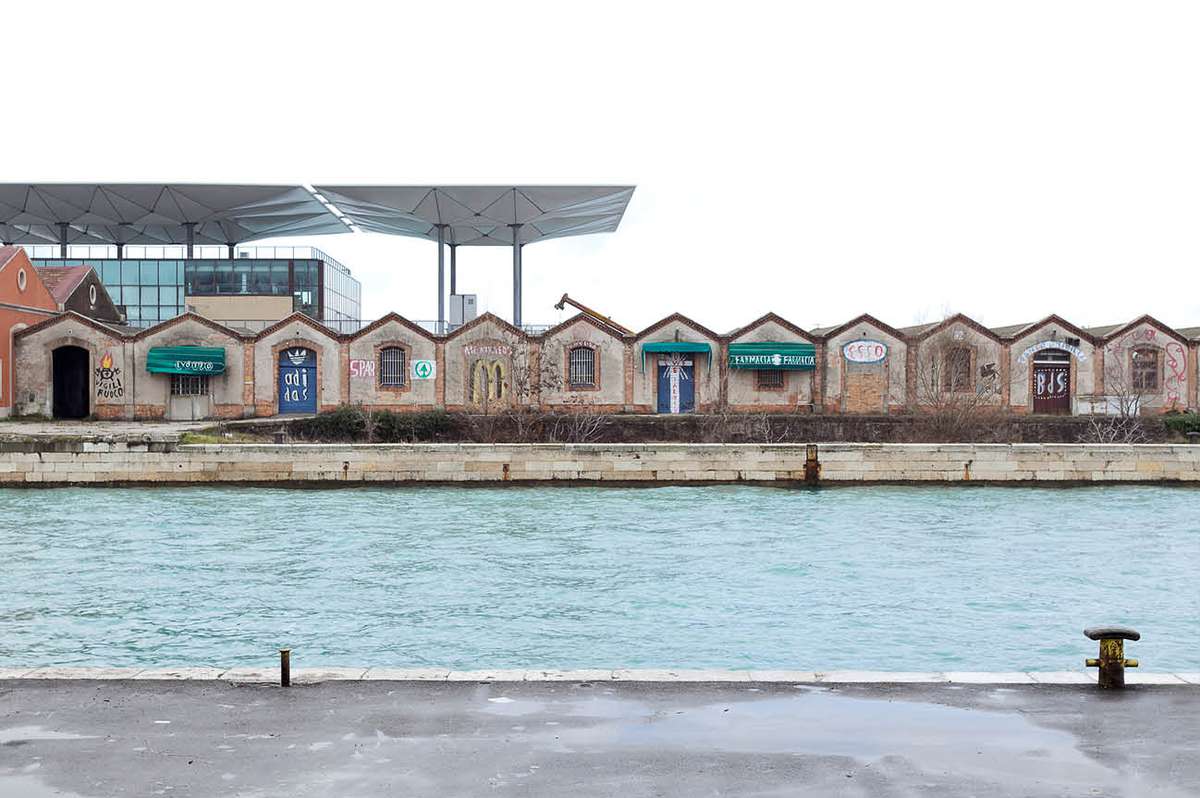
TRANSFORMING VENICE
The research shows the different attitudes and approches towards the transformation of the historical urban fabric: from the more conservative, to the more radical intervention. Every new element must live side by side with the unique structure of the ancient city. The photos insist on the new buildings of Piazzale Roma, on some refurbishments in the San Marco area, and on the new residential buildings of the periferic islands.

INFINITE
“InfInIte” is a project, which documents a trend in contemporary architecture: the ubiquitous repetition of the vertical grid facade.
The VGF appears in the center as well as in the periphery. Regardless of the program and the location it generates quite, almost sedated, neighborhoods. It can make you feel at home and it can make you feel lost, not knowing anymore if you find yourself in the center of Tokyo or in the periphery of Berlin.
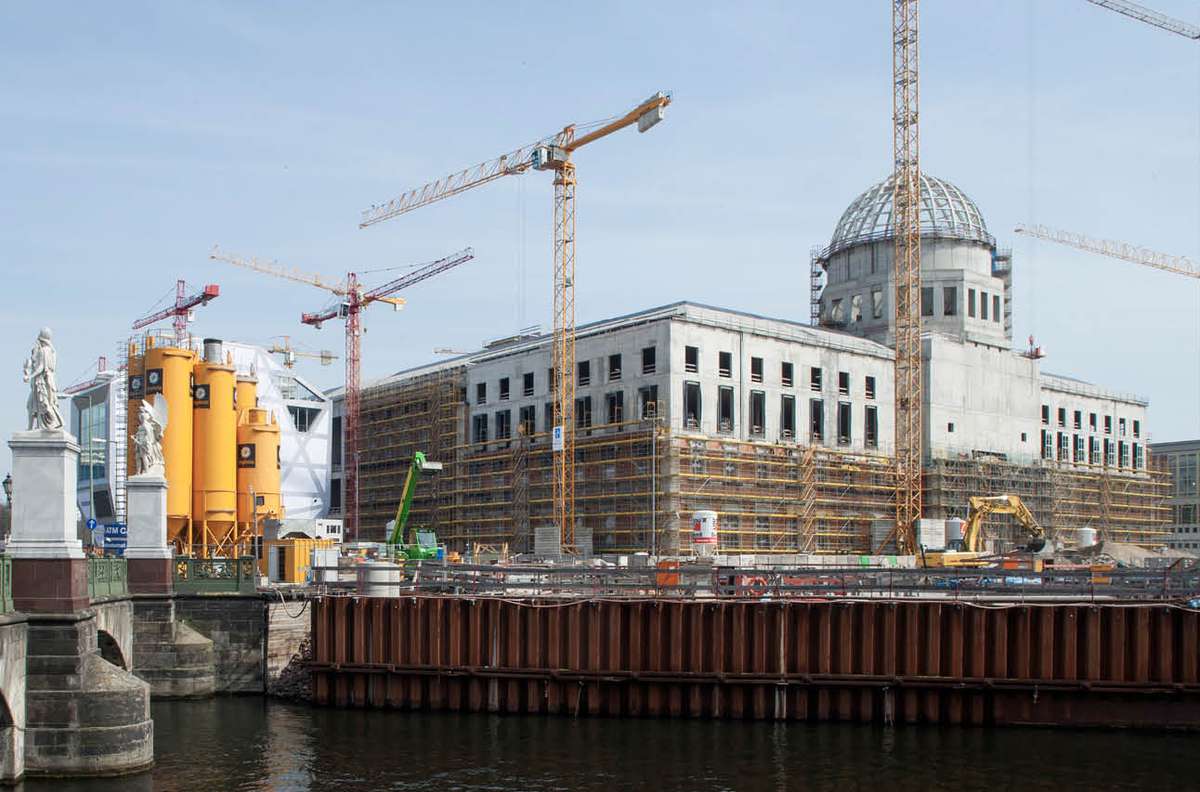
21st CENTURY CASTLE
The research on the new 'Berliner Schloss' (Architect F. Stella) documents the construction of a contemporary castle.
At the actual intermediate stage of construction both spaces and construction details are visible. The old features recreated through contemporary tecniques produce a surreal clash between the past and the present.
European Identity
European Identity

The word "City"used to be univocal. Now it is not as stable and univocal as it was.
What we used to call city is at the same time expanding and disappearing, exploding and imploding.
While the historical centers are loosing their role and significance, the whole world has been anthropized.
The European territory is now showing the consequence of a global economical crisis, deindustrialization, xenofobia and unemployment.
We are irrationally building walls, useless neighborhoods and empty airports.
Which is the new identity of a continent uncertainly divided between nationalism and globalization, between the presence of a heavy past and the desire of a new future?
Which is the role of our cities now? How do they look like and why?
We want to read the phsical sign of change in European cities and territories.
Believing that they will tell us something about us that we don't know yet.
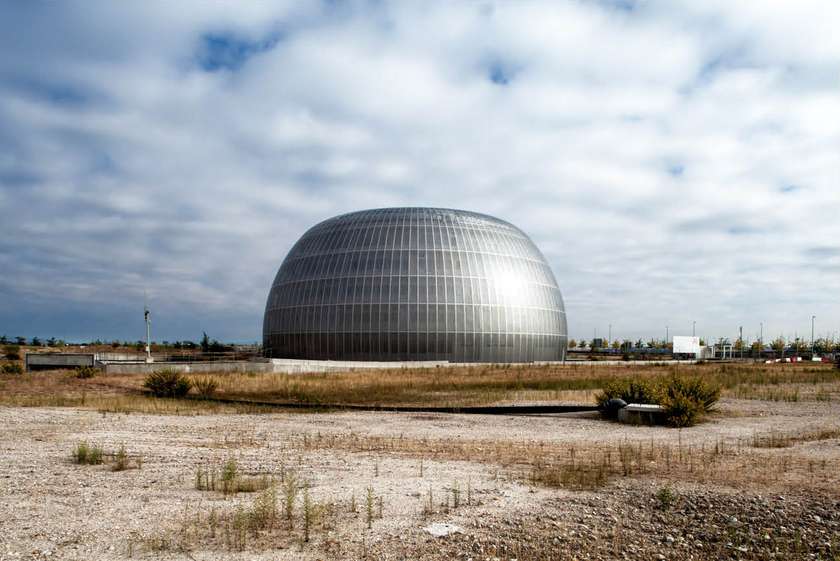
NEW AND UNUSED
Why do we overbuild?
This is the question that pushed us to investigate the “Crisis-scapes” of Spain after 2011 and a series of new but unused buildings around Europe.
What are they? Where do they come from? Why are they unused?
Are they the result of construction mistakes, of economical speculation or simply of an excess of euforia?

TRANSFORMING VENICE
The research shows the different attitudes and approches towards the transformation of the historical urban fabric: from the more conservative, to the more radical intervention. Every new element must live side by side with the unique structure of the ancient city. The photos insist on the new buildings of Piazzale Roma, on some refurbishments in the San Marco area, and on the new residential buildings of the periferic islands.
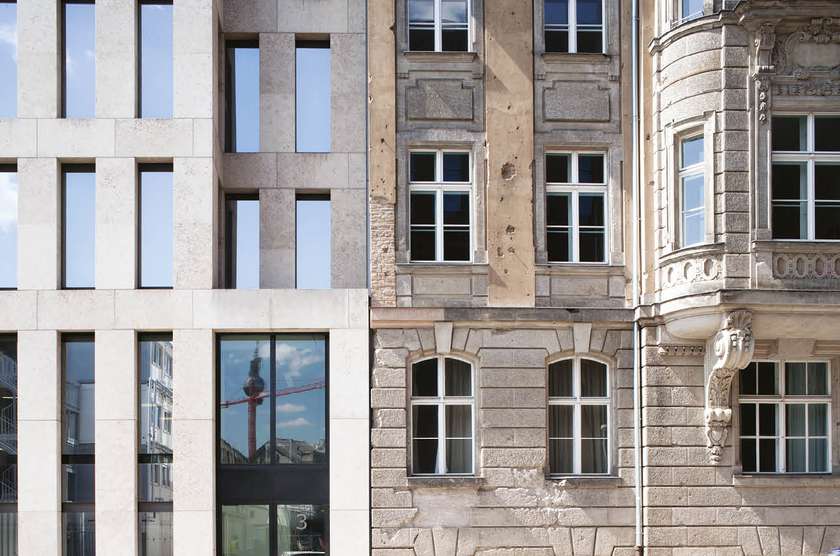
INFINITE
“InfInIte” is a project, which documents a trend in contemporary architecture: the ubiquitous repetition of the vertical grid facade.
The VGF appears in the center as well as in the periphery. Regardless of the program and the location it generates quite, almost sedated, neighborhoods. It can make you feel at home and it can make you feel lost, not knowing anymore if you find yourself in the center of Tokyo or in the periphery of Berlin.
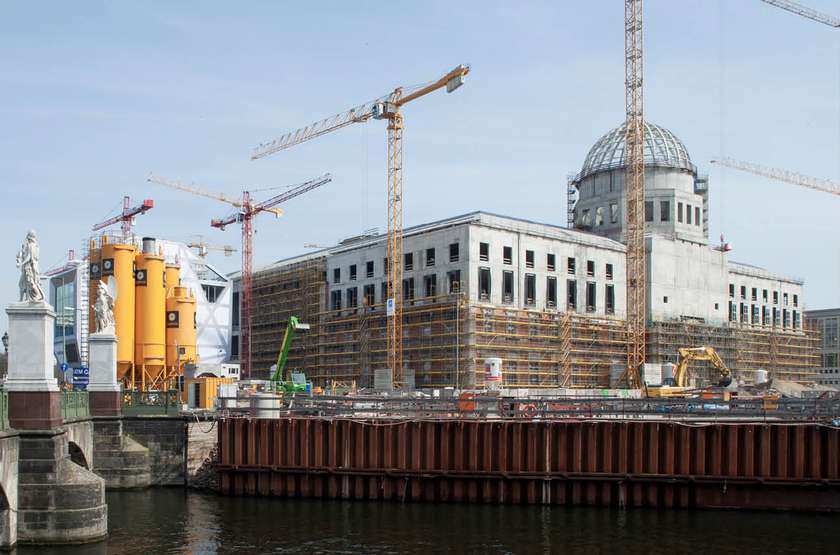
21st CENTURY CASTLE
The research on the new 'Berliner Schloss' (Architect F. Stella) documents the construction of a contemporary castle.
At the actual intermediate stage of construction both spaces and construction details are visible. The old features recreated through contemporary tecniques produce a surreal clash between the past and the present.